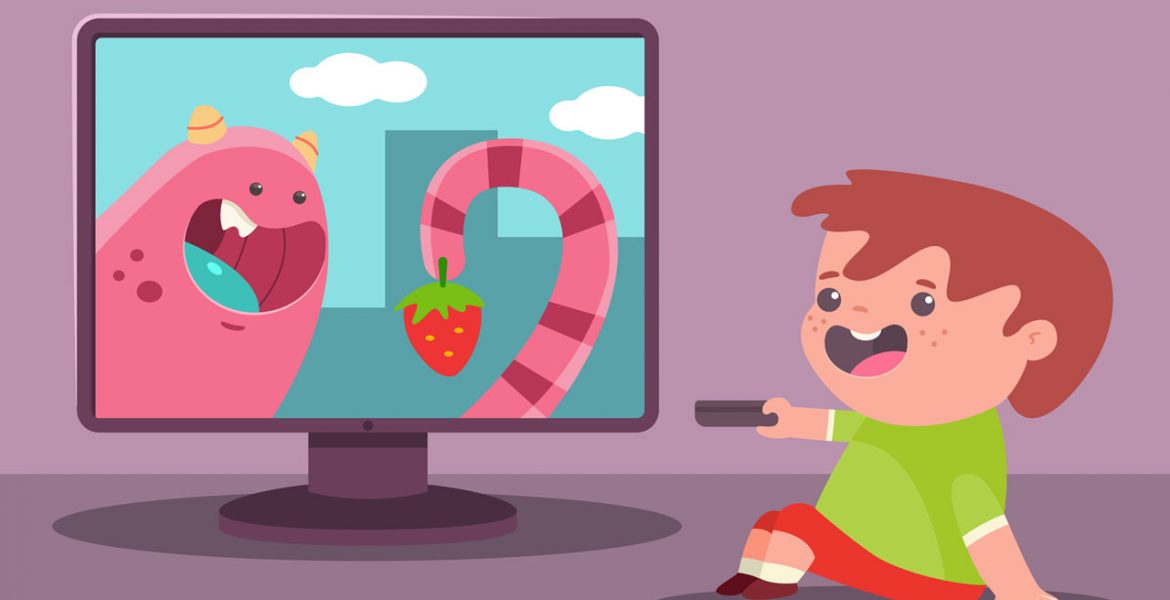The change in viewing habits, from traditional cable viewing to streaming alternatives, is not just about how contemporary adults are consuming media. In fact, children are watching less traditional TV, which has invited a shift in the industry allowing for more ways for young people to interact with and watch their favorite shows. With a rapid shift away from traditional cable and onto mobile, tablet, and now connected TV’s there is a need for ethical ad-delivery.
Regulations around advertising to children has, in the past, been robust but the digital landscape presented a “wild-west” scenario where both consumers and advertisers were unaware of the dangers of the environments they were exploring. However, two major events are starting to change how child-focused advertising is being conducted in the digital world.
New and strengthened data protection regulations
Data protection is increasingly becoming one of the major concerns of online consumers and regulations are being strengthened to reflect that. In the spring of 2018, the EU began enforcing their new data protection policy, General Data Protection Regulation (GDPR). This robust and comprehensive regulatory plan aimed to re-shape the way organizations think about data privacy. Similarly, India recently released a draft of their new Personal Data Protection Act (PDA), using similar language as GDPR. China has also announced the impending creation of new guidelines, Personal Information Security Standard (PIS Standard), as a first step in a pathway to legislation intended to crack down on unacceptable online practices. These have coverage for children’s online data protection that adds to what the United States’ Children’s Online Privacy Protection Act (COPPA), Canada’s Personal Information Protection and Electronic Documents Act (PIPEDA), and Australia’s Privacy Act have had in place for several years. With large markets now implementing, and enforcing, data protection advertisers are looking for compliant partners to help navigate and deliver ads.
Harmful content
Although parents have always appreciated the idea that the internet can be “bad,” a more fulsome understanding of that concept has taken hold over the last few years due to some high-profile incidents. In the fall of 2017 media started bringing light to a phenomenon happening on YouTube and YouTube kids, coined “#Elsagate.” Videos featuring loveable child-friendly cartoon characters (including Frozen’s Elsa) began appearing across the streaming network depicting acts of violence, sexual situations, and drug and alcohol use. Masquerading as innocuous children’s cartoons these videos slipped by filters and amassed millions of views and subscribers. In 2019 the “Momo Challenge” hit peak public awareness and alarmed parents even further about the possible dangers of letting children stream unencumbered on the internet. While, later revealed as a hoax the damage was ultimately done as parents actively started looking for safe alternatives and advertisers looked to distance themselves from videos that were ultimately harmful.
Where to go from here? Ultimately, advertisers are becoming aware that advertising in an ethical and compliant ecosystem is going to, not only, give them a stronger ROI but align their brand with a more trusted viewing experience. The power of digital marketing, allowing advertisers to target more closely, is fundamentally being re-shaped and re-examined on how it relates to child content. At the centre A Parent Media Co. Inc. (APMC) and their streaming service Kidoodle.TV® are providing solutions for advertisers while staying true to their mandate of Safe Streaming™.
Using technology specifically designed to block individual user data, the Kidoodle.TV service is able to deliver ads within a closed, safe ecosystem. This process ensures that advertisers are delivering ads within a fully compliant environment, and families can rest assured that their children’s data is not being shared with third parties. Further, with all videos being screened and ultimately approved by real humans (not algorithms) the added value advertisers receive is that their ads are being seen, side by side, with trusted entertainment brands.
“Without getting too technical, we’ve created a service we call ‘Analytics Anonymous’. We designed this service to provide meaningful contextual analytics for content providers and advertisers while anonymizing any user-related Personally Identifiable Information,” says Daniel Riddell, APMC’s Chief Technology Officer.
Riddell continues, “this is to mitigate not only legislation like GDPR-K but also newly emerging corporate policies from Apple and Google in relation to child-focused apps. The new policies put forth essentially ban any 3rd party SDK integrations in the application clients such as analytics or ad insertion and so our response was to create our own services which handle these sensitive workflows.”
Although the industry is in the middle of a large shift, the future of digital advertising in a safe streaming environment is bright. The power for advertisers to align with ethical brands will continue to yield more clout with consumers.
Find out more about the power of safe streaming by visiting Kidoodle.TV .

